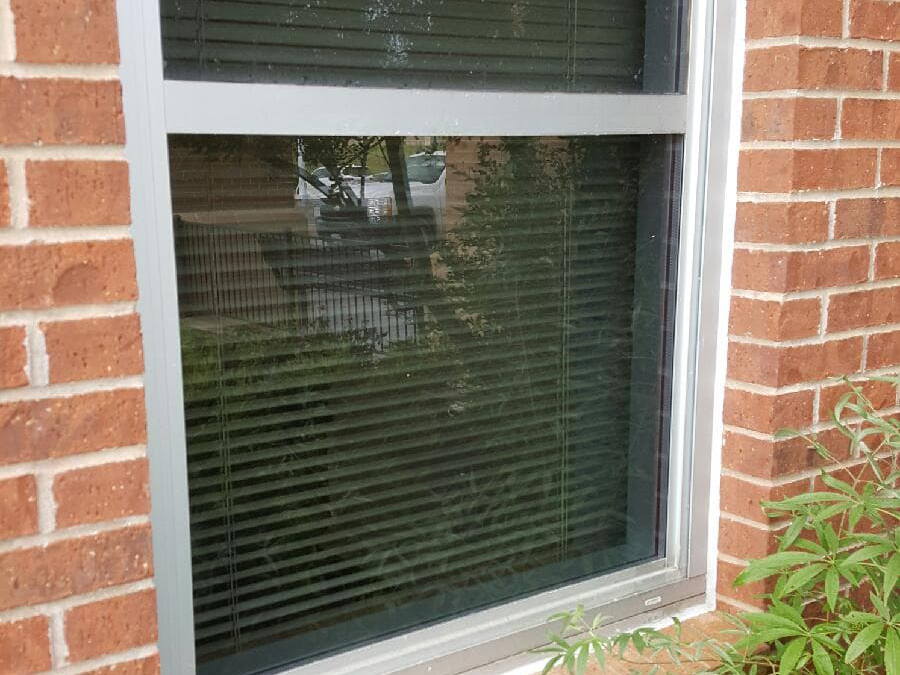The world of glass and windows has seen remarkable advancements over the centuries, transforming from simple, functional elements into sophisticated components of modern architecture. Innovations in window technology and glass production have not only enhanced the aesthetic appeal of buildings but also significantly improved energy efficiency, safety, and sustainability. This article explores the latest developments in window technology and glass innovation that are shaping our built environment today.
Energy Efficiency and Smart Glass
One of the most significant advancements in window technology is the development of energy-efficient glass. Traditional windows often account for a substantial portion of heat loss in buildings, leading to increased energy consumption for heating and cooling. Modern innovations like low-emissivity (low-E) coatings have revolutionized the thermal performance of windows. Low-E glass features a microscopically thin, transparent coating that reflects infrared energy while allowing visible light to pass through. This reduces heat transfer, keeping interiors cooler in summer and warmer in winter, thereby lowering energy bills and enhancing comfort.
Smart glass, also known as switchable glass, represents another leap forward in window technology. This innovative material can change its properties based on external stimuli such as light, heat, or electricity. Electrochromic glass, for example, can switch from transparent to opaque at the touch of a button or in response to sunlight, offering privacy, glare reduction, and improved energy efficiency. By dynamically controlling the amount of light and heat entering a building, smart glass helps create more adaptable and energy-efficient spaces.
Safety and Security Enhancements
Safety and security have always been paramount considerations in window design, and recent advancements have significantly improved these aspects. Laminated glass, which consists of two or more layers of glass bonded with a plastic interlayer, is one such innovation. This type of glass is highly resistant to impact and, even if broken, holds together, preventing dangerous shards from causing injury. Laminated glass is widely used in applications ranging from automotive windshields to hurricane-resistant windows in buildings.
Tempered glass, another safety innovation, is produced by heating regular glass to high temperatures and then rapidly cooling it. This process increases its strength and causes it to break into small, blunt pieces rather than sharp shards, reducing the risk of injury. Tempered glass is commonly used in areas where human impact is a concern, such as shower doors, glass doors, and storefronts.
Acoustic Control and Comfort
In urban environments, noise pollution is a growing concern. Advances in acoustic glazing have made it possible to significantly reduce external noise, enhancing indoor comfort. Acoustic glass is designed with specialized layers and interlayers that dampen sound vibrations, providing a quieter and more serene indoor environment. This technology is particularly beneficial in residential buildings near busy roads, airports, or other noisy areas.
Innovations in Glass Design and Aesthetics
Modern glass technology has also expanded the aesthetic possibilities for architects and designers. The introduction of curved and bent glass allows for more creative and dynamic building facades. This technique involves carefully controlled heating and shaping processes that produce smooth, flowing glass surfaces, adding a sense of movement and fluidity to architectural designs.
Decorative glass technologies, such as digital printing and etched glass, have also advanced significantly. Digital printing on glass enables high-resolution images and patterns to be applied directly to the glass surface, offering endless design possibilities for interior and exterior applications. Etched glass, achieved through techniques like sandblasting or acid etching, creates intricate patterns and textures, adding depth and visual interest to windows and partitions.
Sustainability and Environmental Impact
Sustainability is a driving force behind many recent innovations in window technology. Manufacturers are increasingly focusing on producing glass with lower environmental impact. This includes using recycled materials in glass production and developing processes that reduce energy consumption and greenhouse gas emissions. Additionally, advancements in glazing technology have led to the creation of double and triple-glazed windows with inert gas fills and advanced spacers, significantly improving insulation and reducing energy use.
Conclusion
The evolution of window technology and glass innovation has brought about significant improvements in energy efficiency, safety, acoustic control, aesthetics, and sustainability. These advancements are not only enhancing the functionality and comfort of buildings but also opening new possibilities for architectural design. As technology continues to advance, the future of glass and windows looks clearer and more exciting than ever, promising even greater innovations that will shape our built environment in profound ways.
4o

